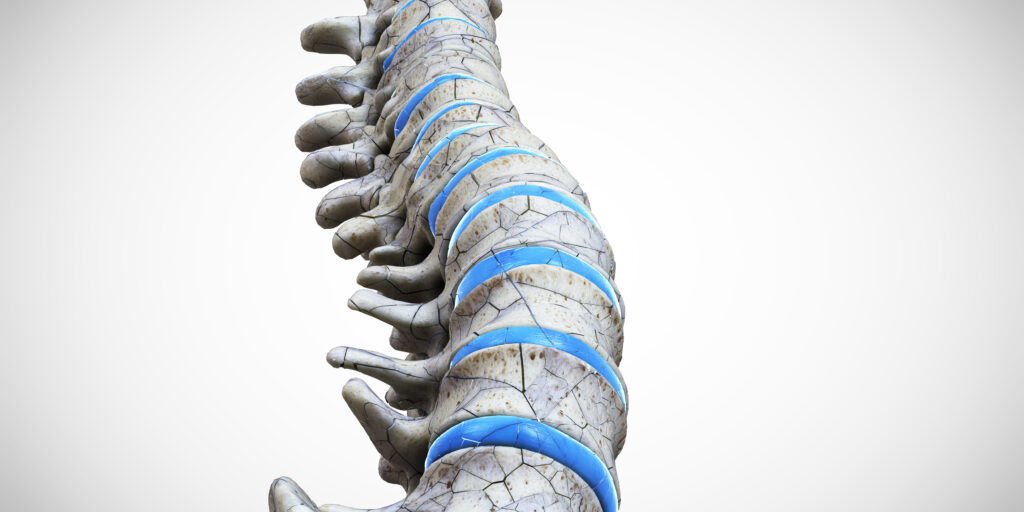Osteoporotic fractures are a major and growing public health problem worldwide due to the ageing population and associated morbidities that increase fracture risk.1,2,3 In Australia, fragility fractures affect one in four men, and two in five women aged 50 years and older.4 Yet, despite the widespread availability of effective medications5,6 that lower fracture risk and mortality7, osteoporosis remains under-treated, in spite of fragility fractures identifying those at risk.7,8,9
To help understand the burden of refracture, a study titled – An 11-year longitudinal analysis calculated the public health cost of managing refractures in people aged ≥50 years in Australia’s most populous state, and published in the Archives of Osteoporosis, has calculated current and projected refracture rates, and associated public hospital utilisation and costs in New South Wales (NSW), Australia. The study’s authors say this longitudinal analysis can provide a foundation for scaled implementation and evaluation of a novel, state-wide Osteoporotic Refracture Prevention model of care (ORP, also known as Fracture Liaison Services) to prevent refractures in those aged ≥50 years.
This analysis used linked administrative data on inpatient admissions, outpatient attendances, Emergency Department (ED) presentations, deaths, and costs prepared by the Centre for Health Record Linkage.10 Data analysis found that between 2007 and 2018, 388,743 people aged ≥50 years sustained an index fracture, while 81,601 experienced a refracture.
Refracture was more common in older people (rising from a cumulative refracture rate at 5 years of 14% in those aged 50–64 years, to 44% in those aged >90 years), women with a major index fracture (5-year cumulative refracture rate of 26% in females, compared to 19% for males), or minimal trauma index fracture, and those with an osteoporosis diagnosis (5-year cumulative refracture rate of 36% and 22%, respectively in people with, and without an osteoporosis diagnosis). Refractures increased from 8,774 in 2008, to 14,323 in 2018. The annual cost of refracture to NSW Health increased from AUD 130 million in 2009 to AUD 194 million in 2019. Projections suggest that over the next decade, if nothing changes, 292,537 refracture-related hospital admissions and ED presentations, and 570,000 outpatient attendances will occur, at an estimated total cost to NSW Health of AUD 2.4 billion.
The authors do acknowledge however, limitations of the datasets used in this study. Survivor bias’ may underestimate true refracture rates, and inter-hospital variation in quality and completeness of data coding can affect data integrity. There is an implicit understanding that this study will underestimate the prevalence of vertebral frailty fractures due to their often-asymptomatic nature. The initiation of bone protective therapy following fracture was also not assessed, given this was beyond the remit of this study. The analysis only included those treated in NSW hospitals; people who moved interstate, received treatment in other states, or were treated exclusively in primary care, were not included. Effect of fracture on quality of life, indirect costs, productivity losses, outpatient medication costs, and medication adherence, were also not studied.
Despite the above limitations however, this study provides the first comprehensive, state-wide assessment of current and predicted rate of refracture and associated service utilisation in Australia’s most populous state. Furthermore, it provides a critical foundation from which to evaluate the effectiveness of state-wide implementation of the ORP model of care — the centrepiece of the NSW Health response to this escalating public health issue. According to the study’s authors: “Implementation of the ORP model of care has the potential to decrease the rate of growth demand for acute care refracture treatment and prevent future refractures”.
Information from this longitudinal analysis will be used to shape the model of care, maintain alignment of the ORP with the principles of value-based healthcare, and evaluate the outcomes and effectiveness of the ORP in NSW, including its economic analysis, the study’s authors maintain.
“Lessons learnt from this study and from future planned work evaluating state-wide implementation of an ORP model of care will be of major relevance for other countries,” which seek to address this major public health issue, they concluded.
To read the full article, click here.





